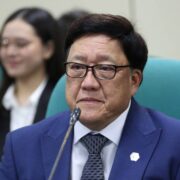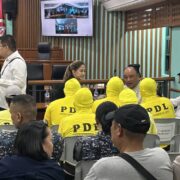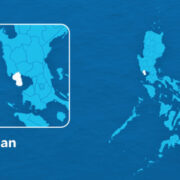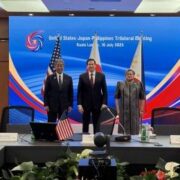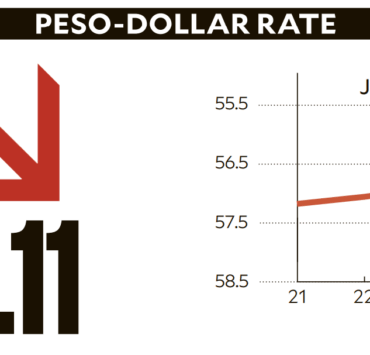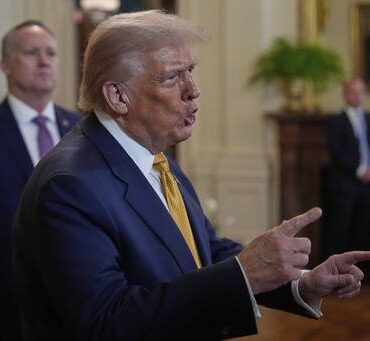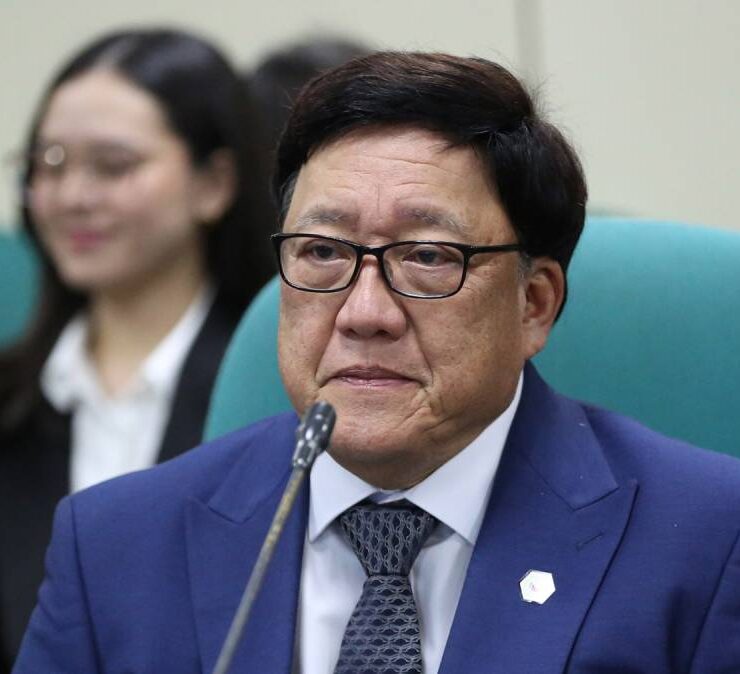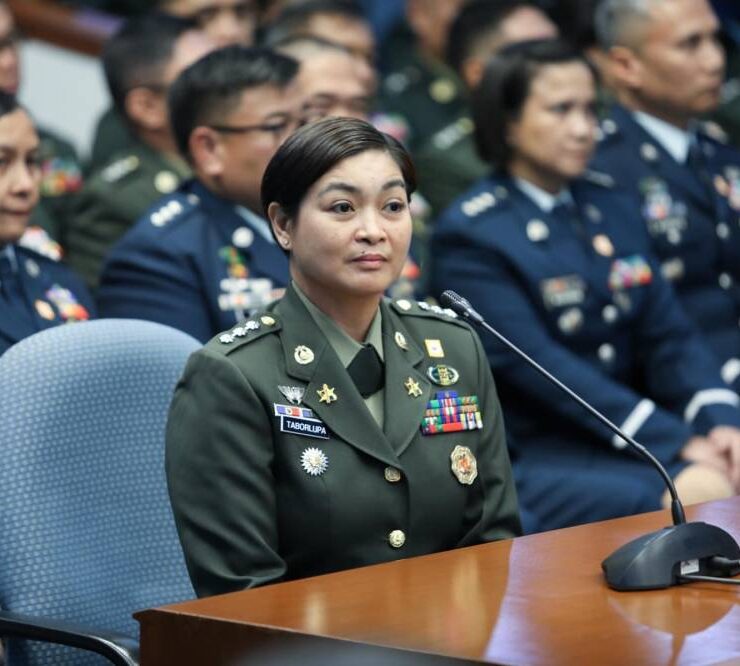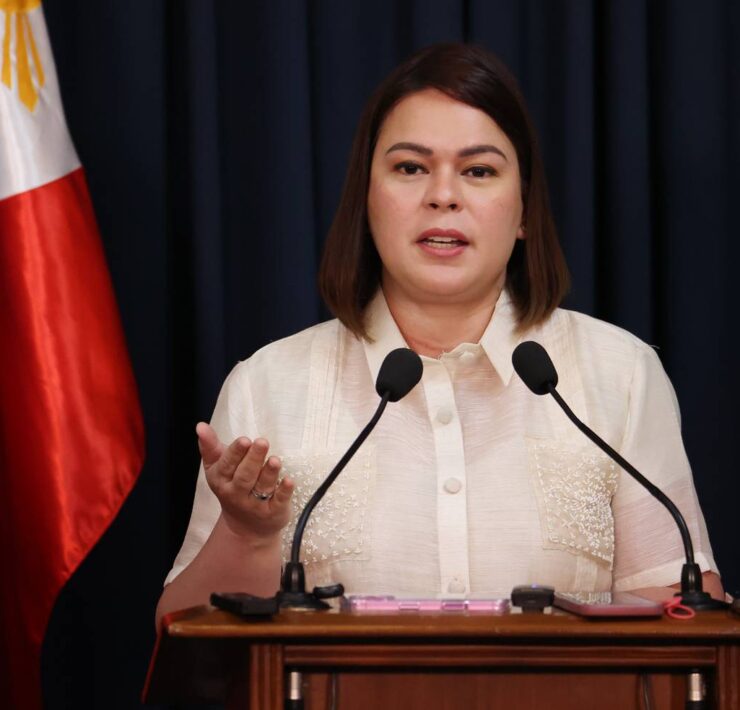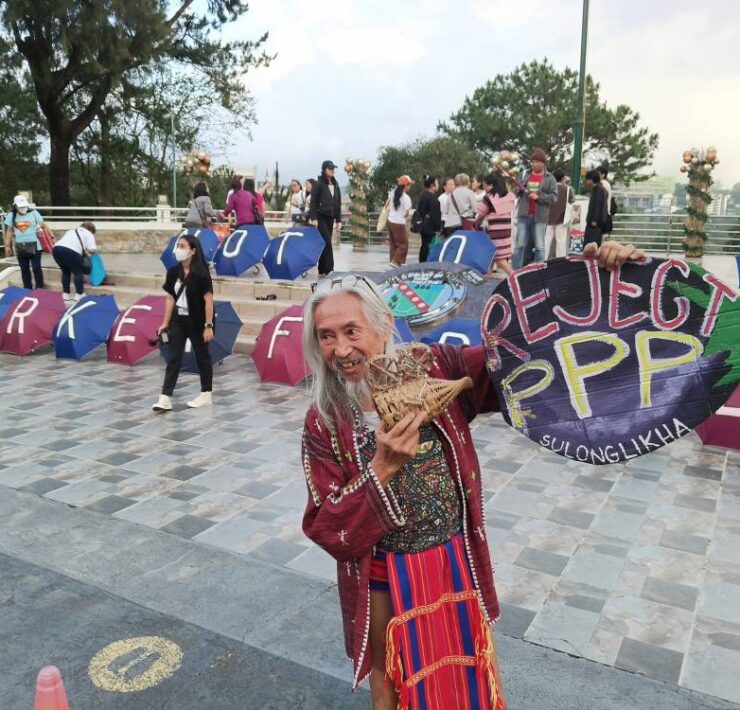Tens of thousands flee Thailand, Cambodia clashes
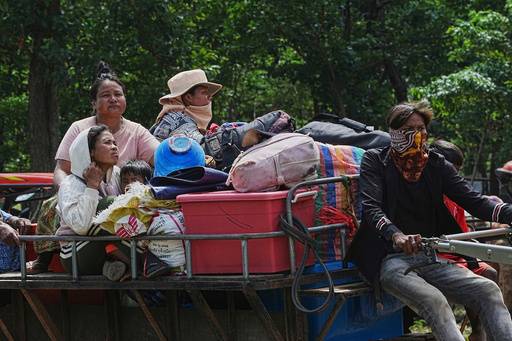
SURIN, Thailand—Tens of thousands of people sought refuge on Friday as border fighting between Thailand and Cambodia entered a second day, heightening fears of a broader conflict.
The UN Security Council is scheduled to hold an emergency meeting on the crisis later Friday in New York, while Malaysia, which chairs the Association of Southeast Asian Nations (Asean) that includes both countries, called for an end to hostilities and offered to mediate.
The Health Ministry on Friday said more than 58,000 have fled from villages to temporary shelters in four affected Thai border provinces, while Cambodian authorities said more than 4,000 people have evacuated from areas near the border.
The fighting has killed at least 14 people in Thailand, while Cambodia confirmed its first fatality on Friday.
Tensions over a disputed border area erupted into fighting after a land mine explosion along the border wounded five Thai soldiers on Wednesday.
The Thai military reported clashes early Friday in multiple areas, including along the border at Chong Bok and Phu Makhuea in Thailand’s Ubon Ratchathani province, at Phanom Dong Rak in Surin province, and near the ancient Ta Muen Thom temple. Associated Press (AP) reporters near the border could hear sounds of artillery from early morning.
The Thai army said Cambodian forces had used heavy artillery and Russian-made BM-21 rocket launchers, prompting what Thai officials described as “appropriate supporting fire” in return.
Thailand said one soldier and 13 civilians were killed, including children, while 15 soldiers and 30 civilians were wounded.
Civilian victims
Cambodia’s chief official in Oddar Meanchey province, Gen. Khov Ly, said a man died instantly Thursday after a Thai rocket hit a Buddhist pagoda where he was hiding. At least four civilians were also wounded in Thursday’s fighting there.
Thailand’s army on Friday denied it targeted civilian sites in Cambodia, and accused Cambodia of using “human shields” by positioning their weapons near residential areas.
As the fighting intensified, villagers on both sides have been caught in the crossfire, leading many to flee.
Around 600 people took shelter at a gymnasium in a university in Surin, Thailand, about 80 kilometers from the border. Evacuees sat in groups, on mats and blankets, and queued for food and drinks.
Seamstress Pornpan Sooksai was accompanied by four cats in two fabric cages. She said she was doing laundry at her home near Ta Muen Thom temple when shelling began Thursday.
“I just heard, boom, boom. We already prepared the cages, clothes and everything, so we ran and carried our things to the car. I was frightened, scared,” she recalled.
Worse
Rattana Meeying, another evacuee, said she had also lived through the 2011 clashes between the two countries but described this flare-up as worse.
“Children, old people, were hit out of the blue,” she said. “I never imagined it would be this violent.”
At the nearby Phanom Dong Rak hospital, periodic explosions could be heard Friday, and a military truck arrived with three injured Thai soldiers, including one who had both legs severed. Thursday’s shelling shattered windows at one of the hospital’s buildings and damaged its roof.
In the neighboring Sisaket province, more villagers took their belongings and left homes in a stream of cars, trucks and motorbikes after they received an evacuation order on Friday.
Across the border in Cambodia, villages on the outskirts of Oddar Meanchey province were largely deserted. Homes stood locked, while chickens and dogs roamed outside.
Some villagers earlier dug holes to create makeshift underground bunkers, covering them with wood, tarpaulin and zinc sheets to shield themselves from shelling. Families with children were seen packing their belongings on homemade tractors to evacuate, though a few men refused to leave.
Several hundred Cambodian villagers have evacuated to a remote Buddhist temple surrounded by rice fields. Women rest in hammocks, some cradle babies, while children run about. Makeshift plastic tents are being set up under the trees.
The conflict marks a rare instance of armed confrontation between Asean member countries, though Thailand has tangled with Cambodia before over the border and has had sporadic skirmishes with western neighbor Myanmar.
Malaysia, the current Asean chair, expressed concern.
A longstanding problem
Malaysian Prime Minister Anwar Ibrahim said Thursday he spoke to both Cambodian leader Hun Manet and Thai Acting Prime Minister Phumtham Wechayachai and urged them to open space for “peaceful dialogue and diplomatic resolution.” Malaysia is willing to facilitate talks, he said.
UN Secretary General Antonio Guterres has also called for restraint and urged both countries to resolve disputes through dialogue, according to UN deputy spokesperson Farhan Haq.
Border tensions between the two nations are not new. Their 800-km frontier has been disputed for decades, with past confrontations typically limited and brief. The last major flare-up in 2011 left 20 dead.
The current tensions broke out in May when a Cambodian soldier was killed in a confrontation. The two countries said afterward they agreed to deescalate the situation, but both continued to implement or threaten measures, including trade and travel restrictions, keeping tensions high.
But things got worse when a land mine wounded five Thai soldiers on Wednesday. That led Bangkok to withdraw its ambassador from Cambodia and expel Cambodia’s envoy to Thailand. Thailand also sealed all land border crossings and urged its citizens to leave Cambodia.
Cambodia retaliated by downgrading diplomatic ties and recalling all Cambodian staff from its embassy in Bangkok.
On Thursday, clashes broke out along the border.
Both militaries accused the other of using drones before escalating to artillery and rockets. Thailand said it responded with airstrikes after Cambodian forces launched truck-mounted rockets. The Thai air force said F-16 jets carried out two bombing runs on Cambodian positions.
Cambodia claimed those bombs landed near the Preah Vihear temple, a Unesco World Heritage site that has been at the center of past disputes. Authorities in Phnom Penh released photos they said showed damage to the site and pledged to seek international justice.





